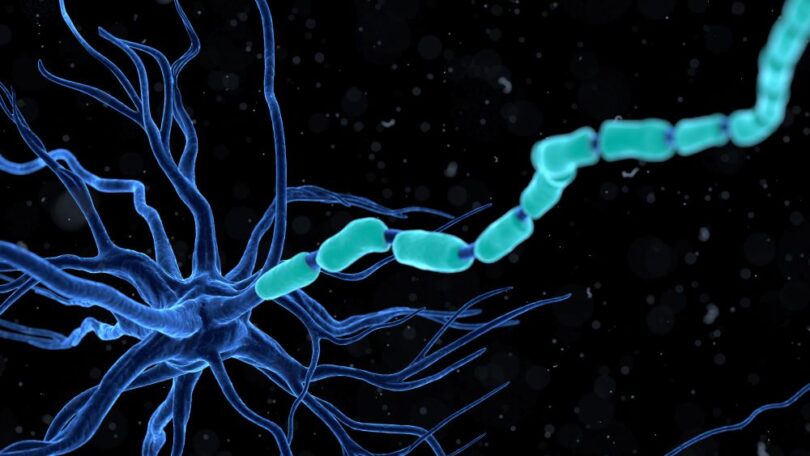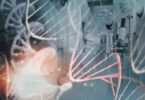Key Efficacy Results
- The study met its primary endpoint: high-dose AMT-130 showed a 75 % slowing in the composite Unified Huntington’s Disease Rating Scale (cUHDRS) change vs matched external controls (p = 0.003).
- It also achieved secondary endpoint significance on Total Functional Capacity (TFC): 60 % slowing vs external controls (p = 0.033).
- Other measures (motor, cognitive tests) exhibited favourable trends, such as Symbol Digit Modalities Test (SDMT) and Stroop Word Reading Test (SWRT).
- Mean cerebrospinal fluid neurofilament light (CSF NfL), a biomarker of neuronal damage, remained below baseline at 36 months.
Safety Profile and Tolerability
AMT-130 was generally well tolerated across dose groups. The most common adverse events were related to the administration procedure and resolved. No new drug-related serious adverse events were reported after December 2022.
Regulatory and Development Outlook
uniQure plans to submit a Biologics License Application (BLA) in the first quarter of 2026, pending further discussions with the U.S. Food and Drug Administration (FDA).
AMT-130 has been granted Breakthrough Therapy designation and Regenerative Medicine Advanced Therapy (RMAT) status by the FDA.
Expert Commentary
Sarah Tabrizi, M.D., Professor of Clinical Neurology, University College London Huntington’s Disease Center said:
I believe these groundbreaking data are the most convincing in the field to date and underscore potential disease-modifying effects in Huntington’s disease,
Walid Abi-Saab, M.D., Chief Medical Officer of uniQure, added:
We are incredibly excited about these topline results … these findings reinforce our conviction that AMT-130 has the potential to fundamentally transform the treatment landscape for Huntington’s disease.
Study Design and Context
The pooled Phase I/II trial included 29 patients (17 in high dose, 12 in low dose). Patients were compared against a matched external control cohort drawn from the Enroll-HD natural history database.
At the time of data cutoff (30 June 2025), 12 patients per dose cohort had reached the 36-month evaluation point.
Implications and Next Steps
If these results hold and regulatory review proceeds favourably, AMT-130 would represent one of the first disease-modifying therapies for Huntington’s disease rather than solely symptomatic treatment.
As uniQure engages further with regulators, the next milestones to watch include full dataset publication, regulatory submissions, and subsequent market approval.








